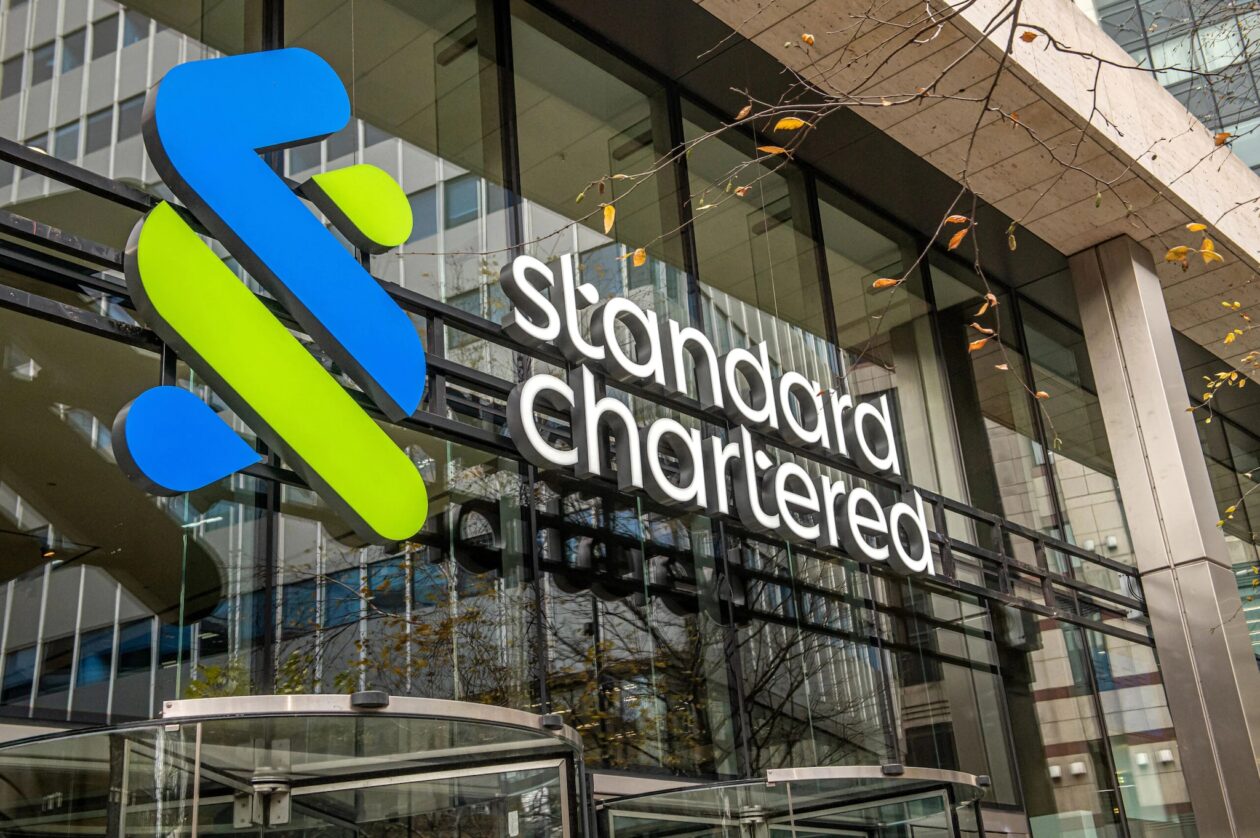The March collapse of Silvergate, Silicon Valley Bank and Signature – three of the world’s most crypto friendly lenders – left a large hole in banking services for the digital asset financial system.
But with blockchain offering a potential route into global finance for parts of the world previously excluded, among myriad other use cases, Standard Chartered’s crypto research chief Geoff Kendrick believes that the world’s largest banks owe it to potential customers in developing economies to fill the void left in crypto.
Kendrick talked to Forkast’s Jenny Ortiz-Bolivar about the world’s vast unbanked space and why his bank, Standard Chartered, has adopted a proactive approach to digital assets.
The Q&A has been edited for clarity and length.
Jenny Ortiz-Bolivar: Standard Chartered Bank’s approach to crypto is much more open to blockchain and crypto technology in comparison to competitors such as HSBC. What exactly is driving that approach?
Geoff Kendrick: Obviously, I can’t speak to our competitors in terms of their desire when it comes to crypto. But on the SCB side, we have been relatively early to this space. We recognize the importance of blockchain technology. We recognize the importance of this broader ecosystem to, quite frankly, a lot of our core businesses in terms of financial markets globally. I would say that, over the next 5 to 10 years, the blockchain is going to become a much more important part of financial markets and SCB is at the forefront of that shift.
Our core footprint as a bank is in emerging Asia, emerging Africa, and the Middle East. For those regions, some of the core digital asset use cases, and those of Bitcoin and other transactional coins in particular, are incredibly important. In those regions, there are still many individuals and companies that don’t have access to a broader financial asset ecosystem of the kind available in the West. In those countries, alternative financial outcomes are potentially advantageous. There’s therefore a natural overlap between some of our core countries and where Bitcoin and other digital assets can help.
Ortiz-Bolivar: In that regard, how do you view the role of blockchain and crypto in the future of banking? What synergies are we likely to see?
Kendrick: In terms of blockchain’s future, there are a number of potential use cases. At one end of the use case spectrum, we have the World Bank telling us that the global unbanked sector has transactions of roughly US$20 trillion a year. As mentioned, quite a lot of that transaction space is unbanked because financial institutions are not available in quite a few of those core countries.
If you think about taking those transactions into the blockchain space via Bitcoin or an equivalent using multiples from Visa and MasterCard, for example, even that could get you to a valuation of Bitcoin at around US$50,000. That’s roughly double where we’ve been recently. So, through the blockchain, those in emerging markets – a huge unbanked space – can access a financial system that they’ve otherwise been excluded from.
Elsewhere, I think we’ll see a continuation of what traditional financial institutions have already been doing to migrate to blockchain over time. Here I’m thinking about insurance type services. You could imagine they could be offered medium term on blockchain and therefore cheaper because there’s less people in the chain. Similarly, ETF (exchange Traded Fund) type products could end up on blockchain. Essentially the potential use cases are endless when you consider the types of smart contracts Ethereum and others are able to offer.
Ortiz-Bolivar: Finally, this year has seen the collapse of a trio of crypto-friendly banks, starting with Silvergate in early March. Those closures have left a critical gap in the crypto ecosystem. What is Standard Chartered doing to fill that void?
Kendrick: Those banks were, like you say, very important parts of the crypto ecosystem and we need larger, longer term financial players like Standard Chartered to step into this space. Over the last six months or so, we’ve also seen concerns around centralized exchanges, most notably the FTX collapse in November. Again, I think that presents an opportunity for banks like Standard Chartered to offer broader trading and custody services.
Players like ourselves that have been in other financial spaces for a long time have a lot of the plumbing around these custody and other solutions that are required in the medium term for crypto to grow. It’s time for us to make the step into this space. Over time that will probably lead to an inflow of institutional money, allowing crypto assets and Bitcoin in particular to become much more mainstream.







